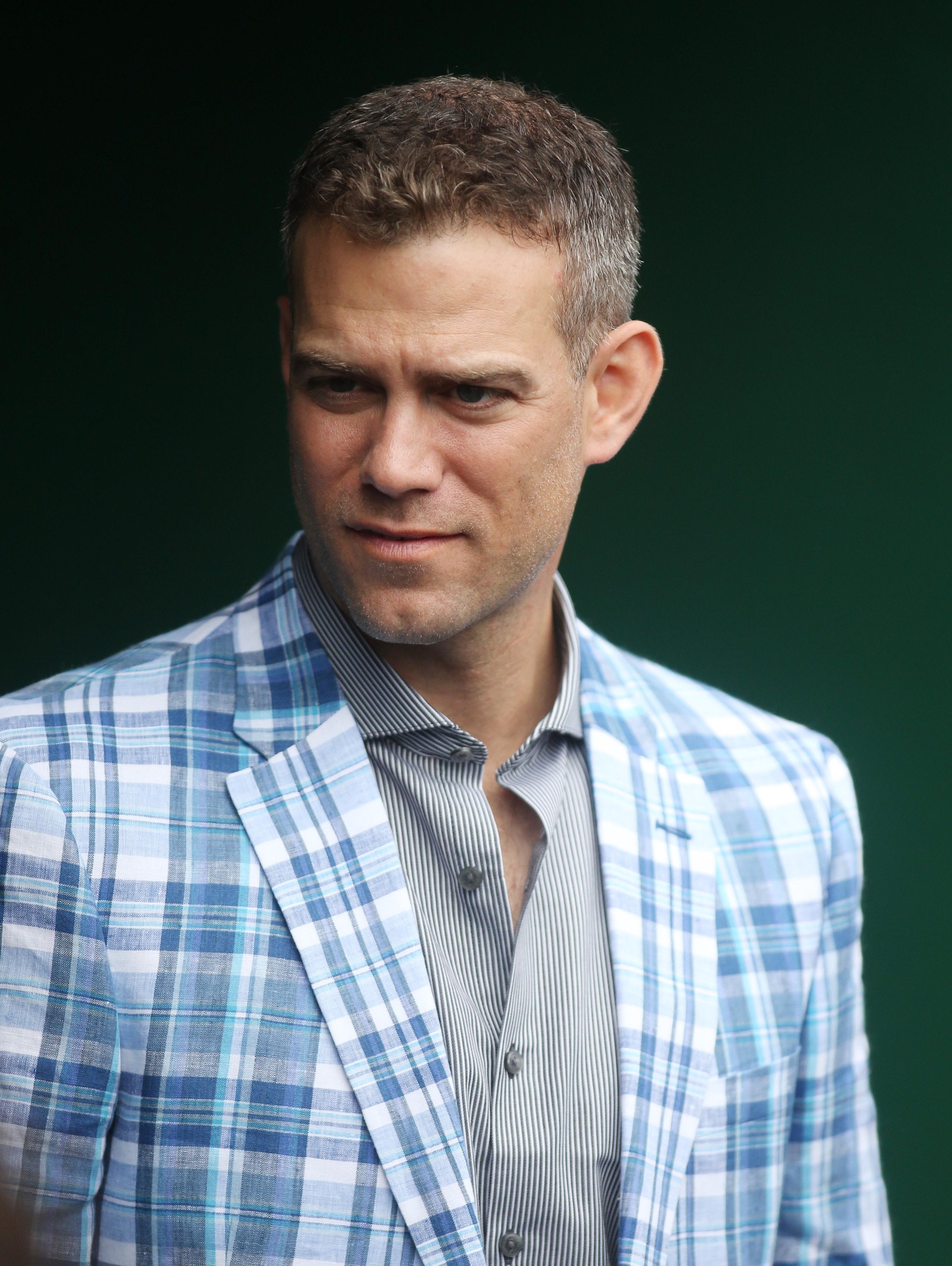A few months ago, my esteemed BPMilwaukee colleague Julien Assouline wrote an excellent column entitled “Stop Comparing the Brewers to the Cubs.” If you missed it when it was originally published, I highly recommend going back and taking a look—particularly because I am here to tell you that you should absolutely compare the Brewers to the Cubs.
The first place to start is that Julien is absolutely correct. The Brewers’ and Cubs’ rebuilds will not look the same; as he pointed out, the clubs started out at different points in the win curve, and the different market sizes are significant as well. The Cubs were able to supplement their development by adding Jon Lester, but it is unlikely the Brewers will be able to attract a free agent of that caliber.
However, the Brewers’ rebuild does appear to be modeled after the Cubs’ model, and I think that is a positive. The Cubs were successful because they tore down a flawed big league roster, drafted well, and had a high developmental success rate. In broad strokes, the Brewers are attempting to do the same, and that is a solid plan.
Specifically, though, a big part of the Cubs’ rebuilding success was their emphasis on position players. In the years leading up to 2015—the big breakout year, record-wise—the Cubs’ top-prospect lists slanted heavily towards position players. 2013 was the first year that the Cubs’ farm system started to resemble the powerhouse it became, and four of the top five prospects were hitters. In 2014, the numbers had trickled down even further, and eight of the top ten were hitters. And by 2015, when seven members of the organization appeared on the overall top-100, six of those seven were hitters.
The main reason this is significant is that pitching prospects are more volatile and unpredictable than hitters. An article from last season from BP’s Jeff Long and Jeff Quinton updated TINSTAAPP to remind readers to provide proper context to such an easy acronym, but they came to a similar conclusion as earlier researchers: pitching prospects are riskier than hitters.
The Cubs appeared to make a conscious effort to collect position players. From 2011 through 2015, they spent their first-round pick on hitters, and their big tear-down trade (Jeff Samardzija and Jason Hammel for Addison Russell, among others) also netted a position player. As a result, the Cubs were quickly flush with hitting prospects, and this benefitted the club quickly.
| 2013 | 2014 | 2015 |
| Albert Almora | Javier Baez | Addison Russell |
| Javier Baez | Kris Bryant | Kris Bryant |
| Jorge Soler | Albert Almora | Jorge Soler |
| Dan Vogelbach | Jorge Soler | Albert Almora |
| Kyle Schwarber |
The table above shows each of the Cubs position players that appeared in their top-five prior to the 2013, 2014, and 2015 seasons. To varying degrees, nearly all of those players have become successful big leaguers. Bryant is clearly in his own tier, and Russell is a step down, but Soler, Baez, and Schwarber are established big leaguers at this point, and Almora made his big league debut this season. Only Vogelbach failed to appear in the big leagues for Chicago.
Milwaukee appears to be doing something similar. The organization has spent a good amount of big league capital in the past year acquiring young position players, namely Lewis Brinson, Brett Phillips, Isan Diaz, and Jacob Nottingham. Those four players are in addition to Orlando Arcia and Domingo Santana, who are already on the big league roster, and Corey Ray, who was the club’s first pick in this past draft.
The Brewers did not go as far as the Cubs did; they have acquired some pitchers where the Cubs got basically none. Josh Hader, Luis Ortiz, and Phil Bickford were all outside acquisitions. But the clear emphasis appears to be on position players, and we are starting to see some of the positional crunch in the outfield. With Ryan Braun still around and Keon Broxton impressing in center field until his unfortunate injury, there are only one or two spots (depending on your evaluation of Broxton) for Santana, Phillips, Brinson, and the veterans still on the roster to fight over.
As the strength of the Cubs’ farm system was becoming apparent, there was some hand-wringing over pending roster crunches. With Starlin Castro still around, the Cubs did not appear to have enough infield spots for Bryant, Russell, and Baez. Similarly, the Brewers’ outfield situation looks too crowded to be tenable. However, just as the Cubs were patient, the Brewers should be as well. One or more of the prospects are likely to not pan out, and so there is no reason to panic and trade Braun too early. If the best-case scenario is what actually occurs and all of the top outfield prospects hit, the Brewers will figure it out then. That is a good problem to have.
Overall, the Brewers have been well-served to follow the Cubs’ lead on this rebuild thus far, and they would be well-served to continue to do so. Expecting the same level of success that the Cubs have had would clearly be ridiculous—it’s just too much to ask for a team to become the best team in baseball that quickly—but the Brewers will be hoping to see a similar level of stability as a result of their rebuilding process. Their focus on hitters will help them do that.
